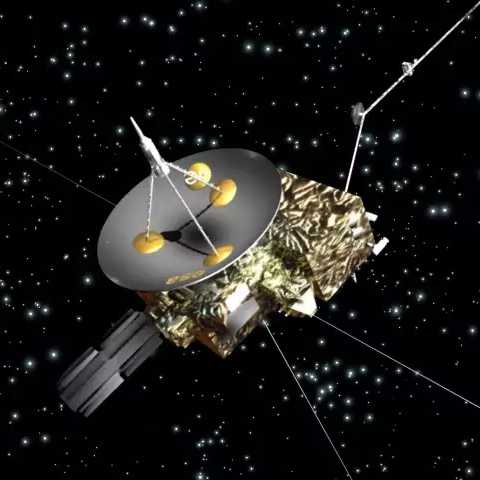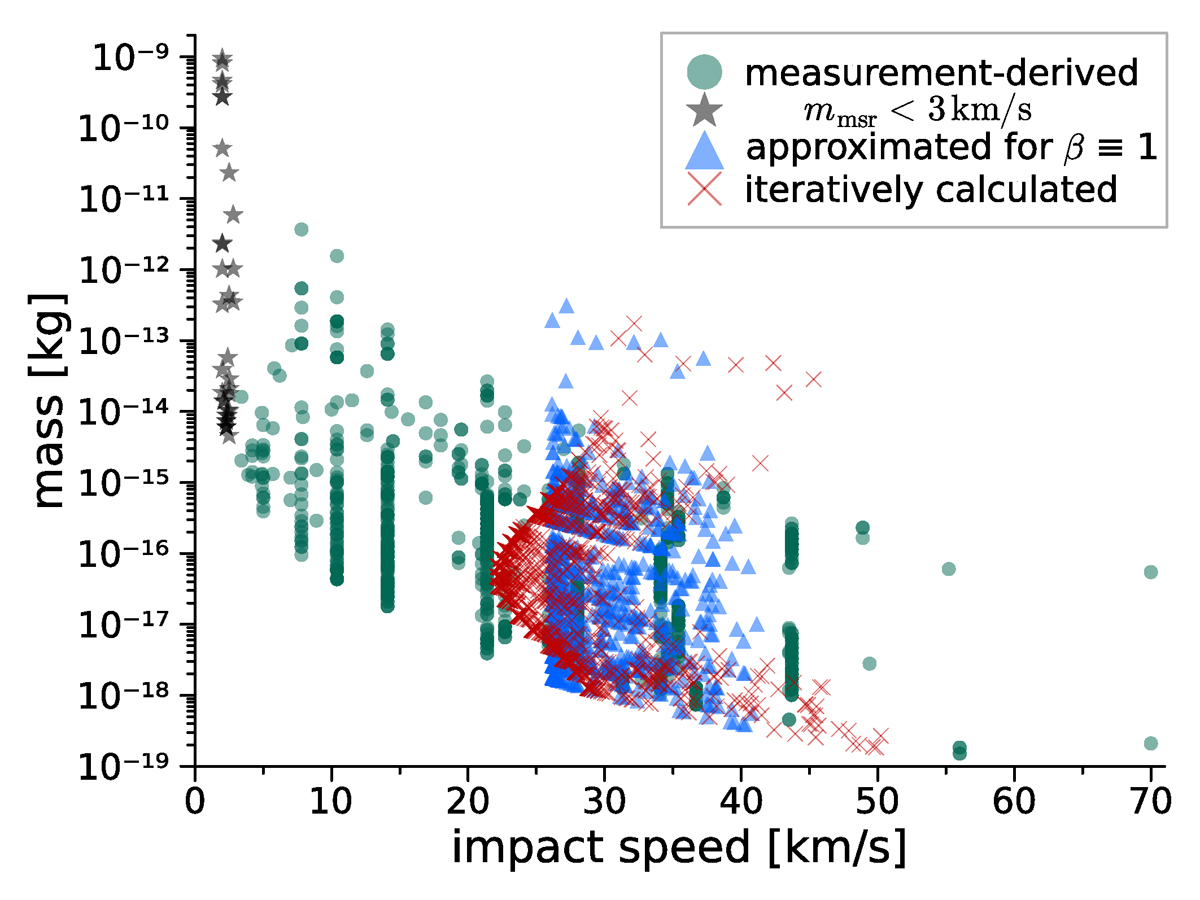New publication: re-analysis of the Ulysses interstellar dust data and filtering in the outer regions of the heliosphere

A new paper was published with a re-analysis of the Ulysses mission’s interstellar dust data. It tells us whether the biggest (micrometer sized) interstellar dust in the dataset are really interstellar, it shows the method to infer the modulation of interstellar dust in the heliosphere’s boundary region, and investigates the selection biases for interstellar versus interplanetary dust in the dataset.
The Ulysses dust dataset is the largest in situ interstellar dust dataset measured with an impact ionization dust detector so far. It covers
more than a solar cycle (16 years) and the modulation of the dust flux by the magnetic solar cycle is visible in the data. The filtering of dust in the solar system is fairly well understood, but the filtering in the boundary regions of the heliosphere is less understood. Also the upper mass limit of interstellar dust in the local interstellar cloud is not yet well defined.
In our work, we investigated the selection criteria for interstellar dust among the interplanetary dust particles in the dataset. The criteria influence the inferred flux by a factor of about two, and change some
details in the inferred flux and flow directionality, but not the global trends.
The method used to infer the mass of the dust particles does influence the inferred dust particle mass by far, and thus also the inferred gas-to-dust mass ratio in the local interstellar medium. From our investigation, the largest interstellar dust candidates (micrometer-sized) in the dataset are most likely not interstellar. We also demonstrate how we can infer the filtering in the heliosheath region (the interface between the heliosphere and the local interstellar medium) using in situ dust data, and assuming an interstellar dust size distribution in the interstellar medium, derived from astronomical data over longer distances in the Milky Way. In some periods during the solar cycle, the heliosheath can focus dust particles rather than filtering them, as is the case in the solar system. Our paper concludes that a dust trajectory grid is a necessary component for future dust detectors in order to more better be able to distinguish interstellar from interplanetary dust, and in order to infer the mass of the particles and hence, the gas-to-dust mass ratio in the local interstellar medium. The German-Japanese Destiny+ mission (launch in 2028) will have a Dust Analyser on board with a segmented grid. New opportunities are also being studied for a dust detector with a grid on the Lunar Gateway and on the Korean-led L4 misson concept that would measure dust in the Lagrange point L4 (launch foreseen for 2035).
This publication was teamwork including the lead author Lennart Baalmann, three students, and international colleagues.
